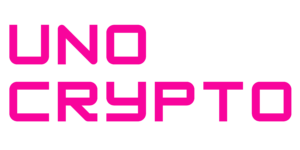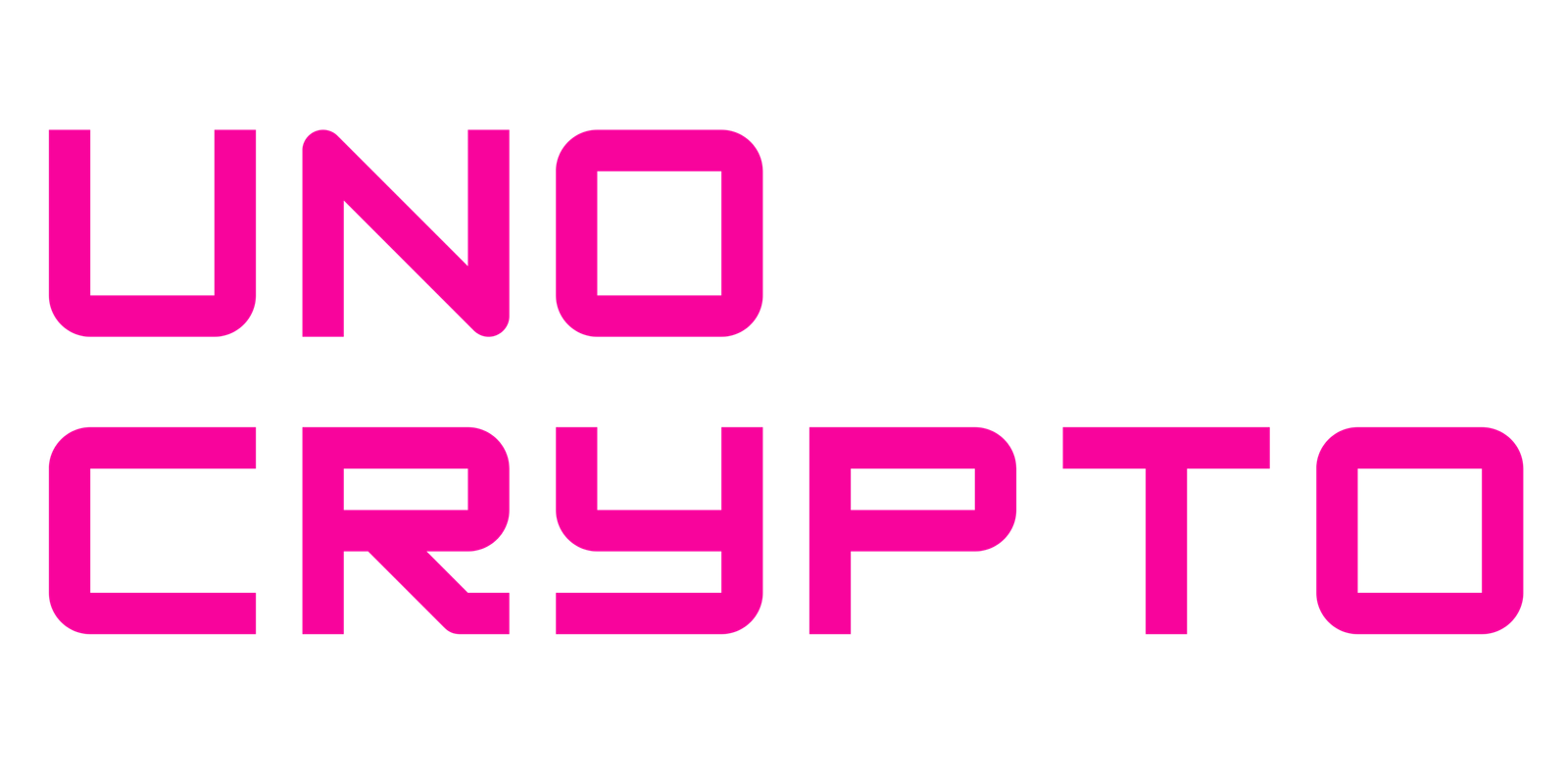Ethereum co‑founder Vitalik Buterin posted on X(Twitter) on July 15, 2025, calling on L2 builders to lean on Ethereum’s core strengths and simplify their logic to a sequencer and prover.
He replied to a user suggesting many alt‑L1s will shift to L2s, saying this model blends trust and speed that enterprise chains sought but never achieved.
Building Lean L2s
Buterin argues that the best L2s use the L1’s security, censorship resistance, proof systems and data availability. The L2 then focuses on ordering transactions and validating proofs.
In practice this means an L2 only needs to handle a small slice of work while relying on Ethereum for protection. He points out that this design has already saved users when L2s hit trouble, thanks to the L1 stepping in.
This change has the power to make the blockchain landscape different. Rather than spinning up new base chains that have to build their security from zero, they can plug into Ethereum’s rails.
This could reduce expenses, accelerate development, and even minimize carbon footprints. Celo demonstrates how connecting to a larger ecosystem can reduce inflation, block times, and eliminate legacy code. It seems that following this approach would enable more builders to access the largest developer community and avoid fragmentation.
Copyleft Call to Action
Buterin has published an article where he advises developers to change their permissive software licenses for copyleft models. He cautioned that the crypto space is moving away from its open-source origins towards a closed, profit-driven approach.
With copyleft, any additions to the code base must also be made available royalty-free, ensuring that the code forever remains free. He hopes that this will sustain integrity in projects while promoting broader collaboration and exchange of innovative concepts.
Dual Governance Insights
A few days ago, the co-founder shared his thoughts on Ethereum’s dual governance system. He did agree that it requires a lot of improvements, and it is far from perfect. But at the same time, he also noted that the currency system helps balance changes in the protocol.
On one other side, the technical upgrades are handled through the core developer team and on the other side they uses offchain social consensus to guide big shifts. He said that this setup can prevent from big network hijacking.
Vitalik Buterin’s latest messages push the crypto world to lean on shared security, protect open values and use balanced governance. By building simple L2s, adopting copyleft licenses and refining dual governance, the community can stay true to its roots while scaling up.
Also Read: Ethereum Co-Founder Vitalik Outlines Four Pillars Of Sustainable And Scalable L1 Blockchains


